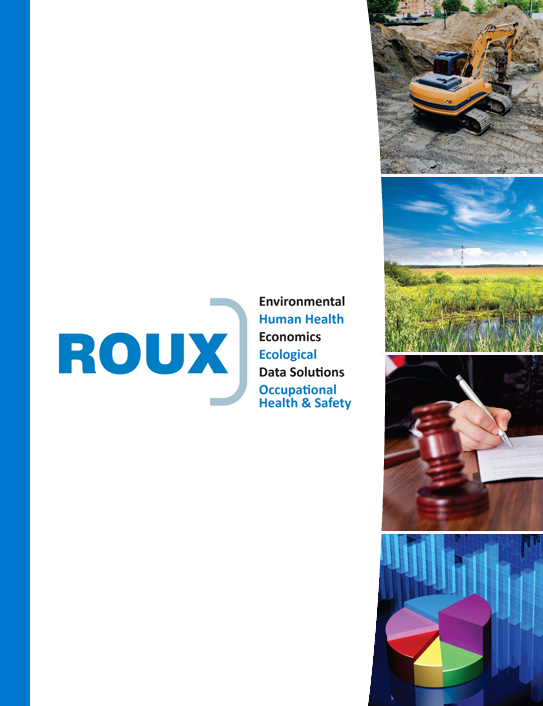EPA Hazardous Substances: Expanding Beyond PFOA and PFOS?
EPA Seeks Public Input on Potential Listing of Additional PFAS Chemicals as Hazardous Substances under CERCLA
Back in September of 2022, the United States Environmental Protection Agency (EPA) announced their proposed rule to designate two per- and polyfluoroalkyl substances (PFAS)—perfluorooctanoic acid (PFOA) and perfluorooctanesulfonic acid (PFOS)—as hazardous substances. Last week, the EPA published an Advanced Notice of Proposed Rulemaking dated April 13, 2023, showing that they aren’t intending to stop there.
The Advanced Notice of Proposed Rulemaking details that the EPA is considering the potential of listing at least seven additional PFAS as hazardous substances under the Comprehensive Environmental Response, Compensation, and Liability Act (CERCLA or Superfund). The seven PFAS include:
- Perfluorobutanesulfonic acid (PFBS);
- Perfluorohexanesulfonic acid (PFHxS);
- Perfluorononanoic acid (PFNA);
- Hexafluoropropylene oxide dimer acid (HFPO-DA, sometimes called GenX);
- Perfluorobutanoic acid (PFBA);
- Perfluorohexanoic acid (PFHxA); and
- Perfluorodecanoic acid (PFDA).
The EPA has also suggested listing precursors to PFOA, PFOS, and the seven listed PFAS compounds above, as well as “Categories of PFAS,” which has the potential to bring hundreds of other PFAS into the Hazardous Substances designation. The comments and data received by June 12, 2023 will be used by the EPA to determine whether the agency will initiate formal rulemaking to designate the seven PFAS chemicals or their salts, isomers, or precursors as hazardous substances under CERCLA.
Why is this Significant? Some of these seven new PFAS compounds were introduced as safer replacements for PFOA and PFOS, so if they are listed as hazardous substances, an increasing number of industrial users, businesses, and property owners will be subject to CERCLA liability. This change can serve as a potential site reopener on previously remediated sites.
The EPA’s proposal to list chemical precursors to PFAS compounds as hazardous substances is expected to pose challenges for companies, as they will need to investigate and determine what constitutes a precursor for each of the listed PFAS substances. This lack of a defined list may create uncertainty, change the scope of Phase I Environmental Site Assessments, increase remediation costs, and complicate cost recovery actions under CERCLA. Additionally, the EPA’s proposal to regulate categories of non-specific PFAS compounds could potentially bring hundreds, if not thousands of compounds under the purview of CERCLA and site due diligence, without a clear understanding of their impacts on human health and the environment.
The EPA’s proposed shift from regulating specific PFAS compounds to potentially listing unspecified precursors or entire categories of PFAS compounds poses significant risks to industries and property owners. Such a departure from the EPA’s prior approach would increase reporting obligations, create litigation risks, and impact financing and environmental insurance availability.
Roux is actively monitoring changes in laws and regulations regarding PFAS compounds across the United States. To understand the implications this potential change can have on your business, please contact a member of Roux’s PFAS Team at the link below.

